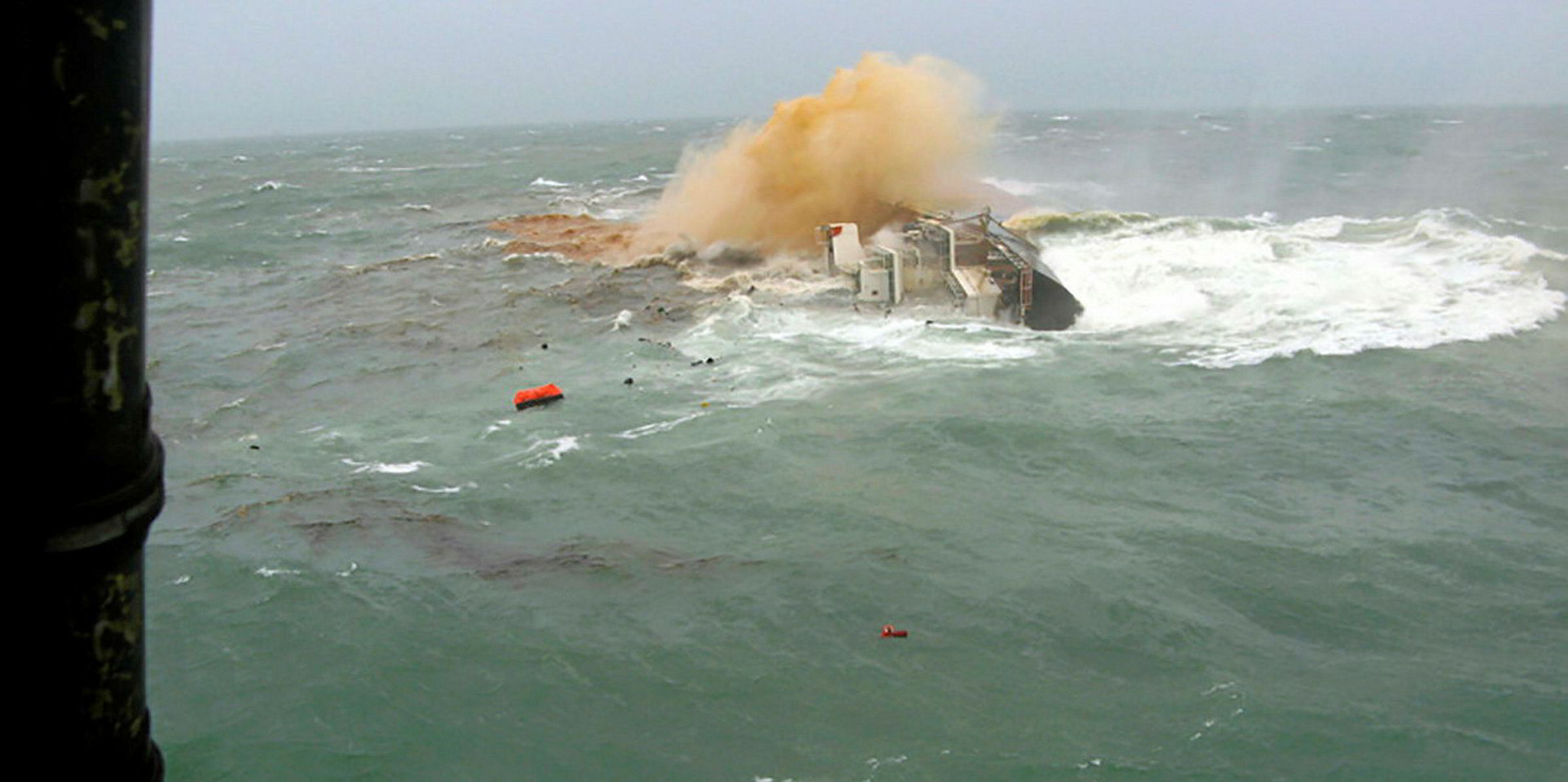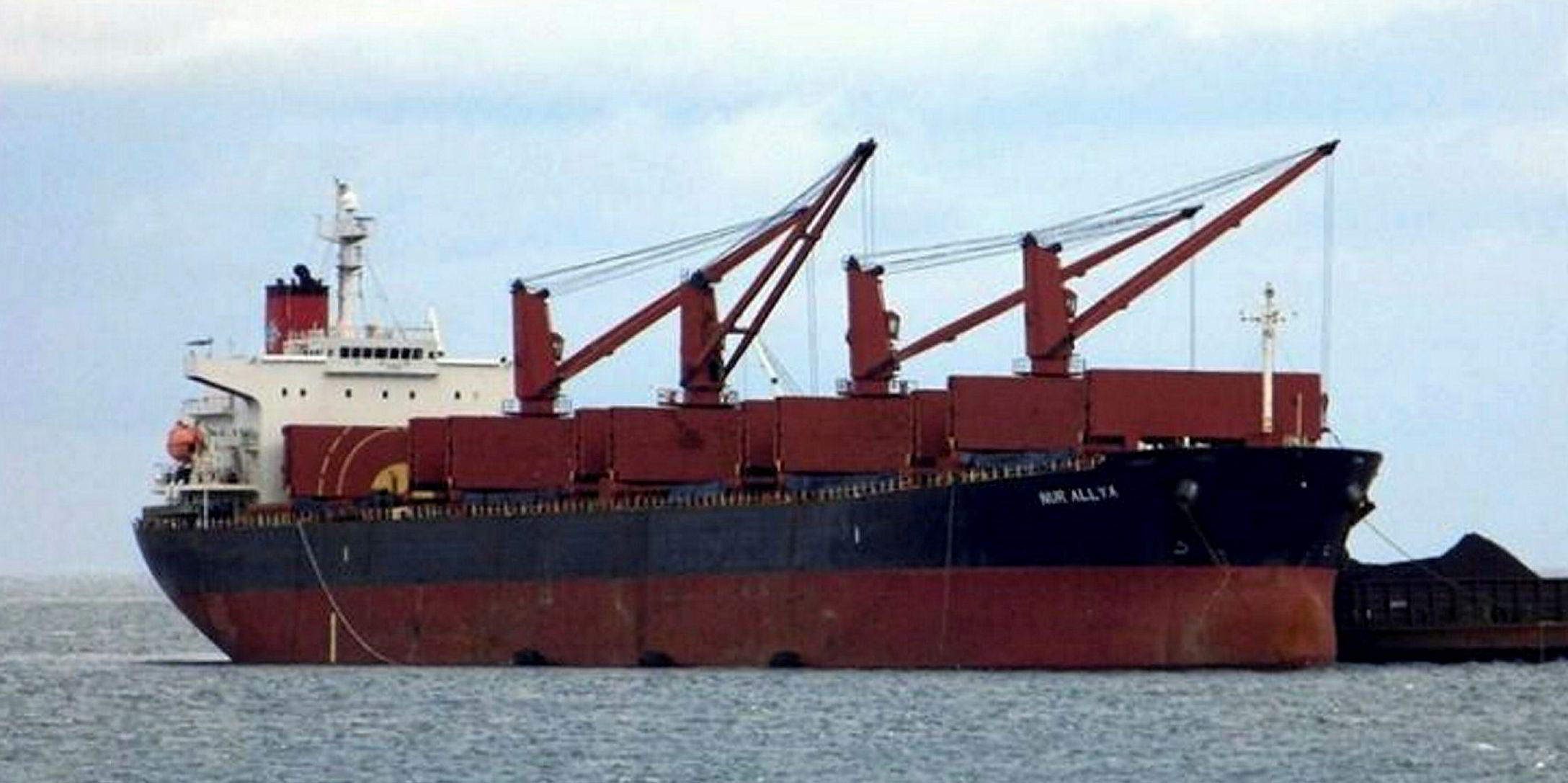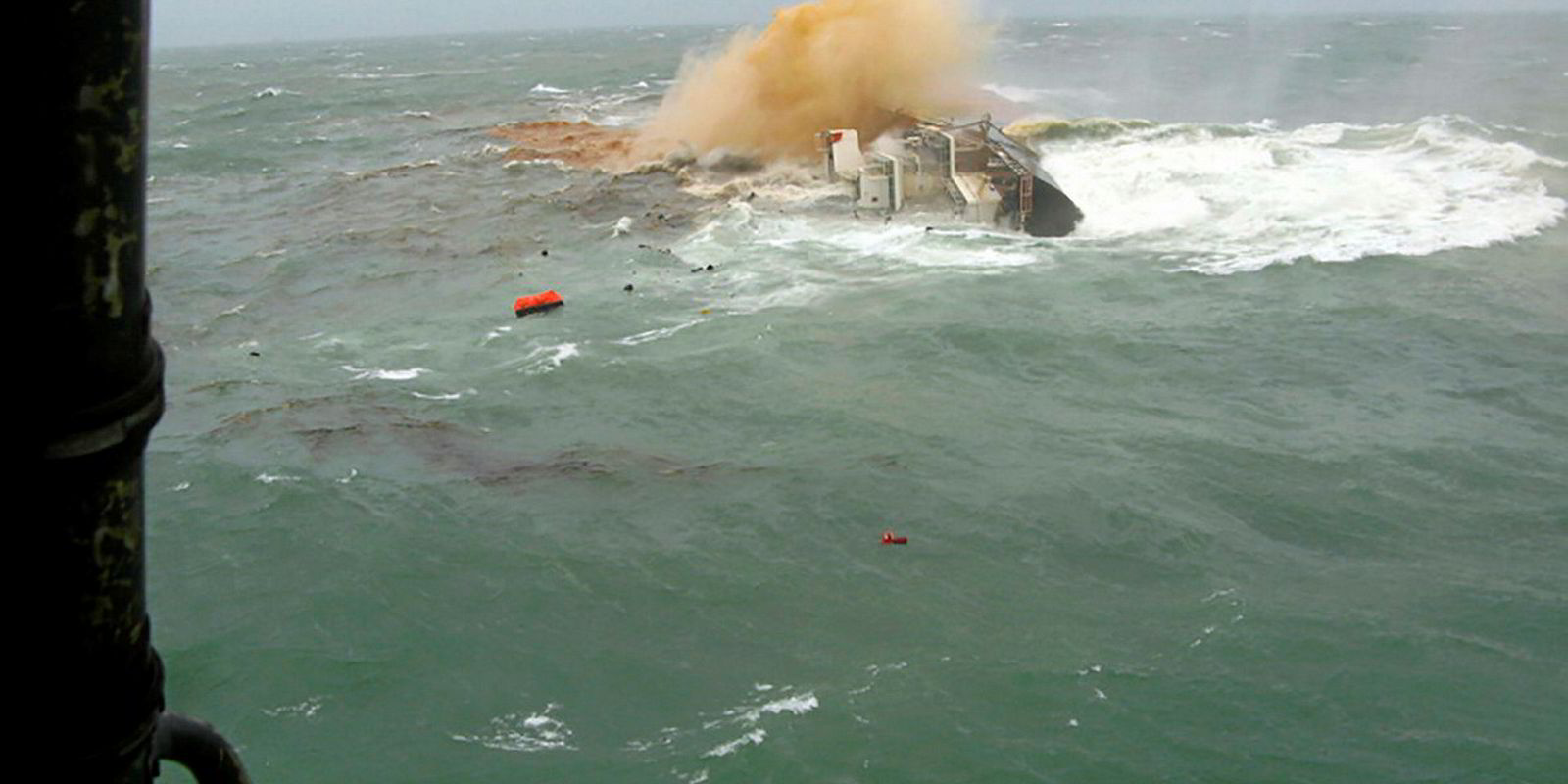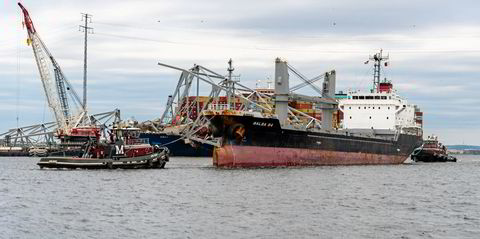The sinking of the 52,400-dwt bulker Nur Allya (built 2002) with the loss of its entire crew will come as a shock to the dry bulk industry, which had appeared to have overcome vessel casualties caused by cargo-related problems. It is suspected that liquefaction of its nickel ore cargo caused the supramax bulker to sink in Indonesian waters with a crew of 25 onboard.
The same liquefaction problem, involving Indonesian nickel ore exports, has previously claimed six ships and more than 100 lives in the past decade.
The latest loss came just as it looked like such casualties were in decline.
Before the Nur Allya incident, the only nickel ore liquefaction loss between 2013 and the end of 2017 had been the sinking of the 57,000-dwt bulker Emerald Star (built 2010).
Action being taken
All five previous casualties happened between 2010 and 2013.
The scale of the loss of life and the cost to insurers has prompted the industry to take action.
Ship and cargo owners on the international nickel ore trades are increasingly ensuring the correct testing procedures on cargo moisture content are carried out when a vessel is loaded.
The International Group of P&I Clubs is also making it a condition of cover that insurers are informed when a ship is due to carry a nickel ore cargo.
That allows insurance providers to make certain the correct testing procedures are taking place before a ship sets sail.
So, despite all of this, how did the Nur Allya loss occur?
There is an important difference worth considering between this latest tragedy and earlier losses.
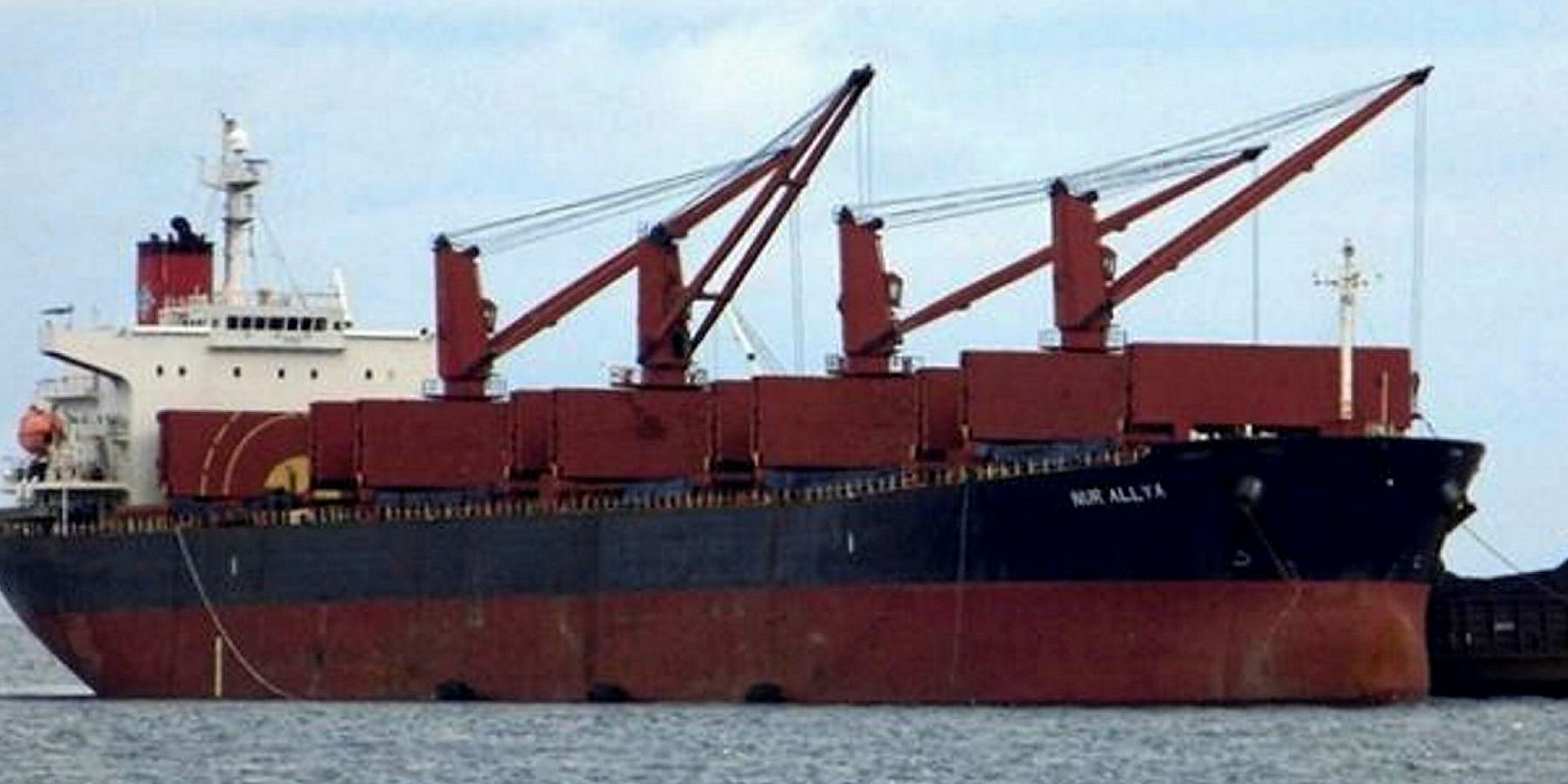
The previous casualties all took place on international trades between Indonesia and China.
But the Nur Allya was an Indonesian-flag ship working the Indonesian coastal trades and transporting nickel ore from domestic mines to a local smelting plant in Morosi.
One area that must be questioned is whether the same safety and cargo testing standards are being applied on Indonesian coastal trades as they are on international routes.
This is important because, in the future, more and more of Indonesia’s nickel ore will be transported domestically on national tonnage.
The Indonesian government’s policy is to promote the development of a national mineral processing industry. Instead of exporting nickel ore, the government wants the country to export processed nickel.
Under the Tokyo MOU on port state control (PSC) — the region where Indonesian-flag vessels come under the most inspections — Indonesia ranks on the blacklist of flag states with the poorest PSC records
It enforced a temporary export ban on minerals such as nickel ore and bauxite in 2015, and is planning to reinstate another ban as early as 2022 to encourage the development of a domestic processing industry.
Fleet upgrade needed
So, in the not-too-distant future, the main nickel ore seaborne trade will likely be between Indonesian mines and processing plants, carried by Indonesian-flag ships.
It looks like the Indonesian government might have to upgrade the national fleet to carry nickel ore cargoes.
There is no suggestion that the Nur Allya was in poor condition as all of its class and statutory surveys are believed to have been up to date. But, at 17 years old, it is older than the average age of vessels chartered on the international markets to carry nickel ore.
The safety performance on the Indonesian-flag fleet is, in general, poor. Indonesia has a substantial fleet, ranking as the 13th largest in the world and amounting to 19m gt.
But under the Tokyo MOU on Port State Control — the region where Indonesian-flag ships come under the most inspections — Indonesia ranks on the blacklist of flag states with the poorest port state control records.
The Tokyo MOU’s three-year rolling table of detentions per inspection shows 58 Indonesian-flag vessels were detained from a total of 658 inspections.
The safety performance of the national fleet will have to improve if the country wants to achieve its industrial targets, and avoid further tragedies such as the Nur Allya.
